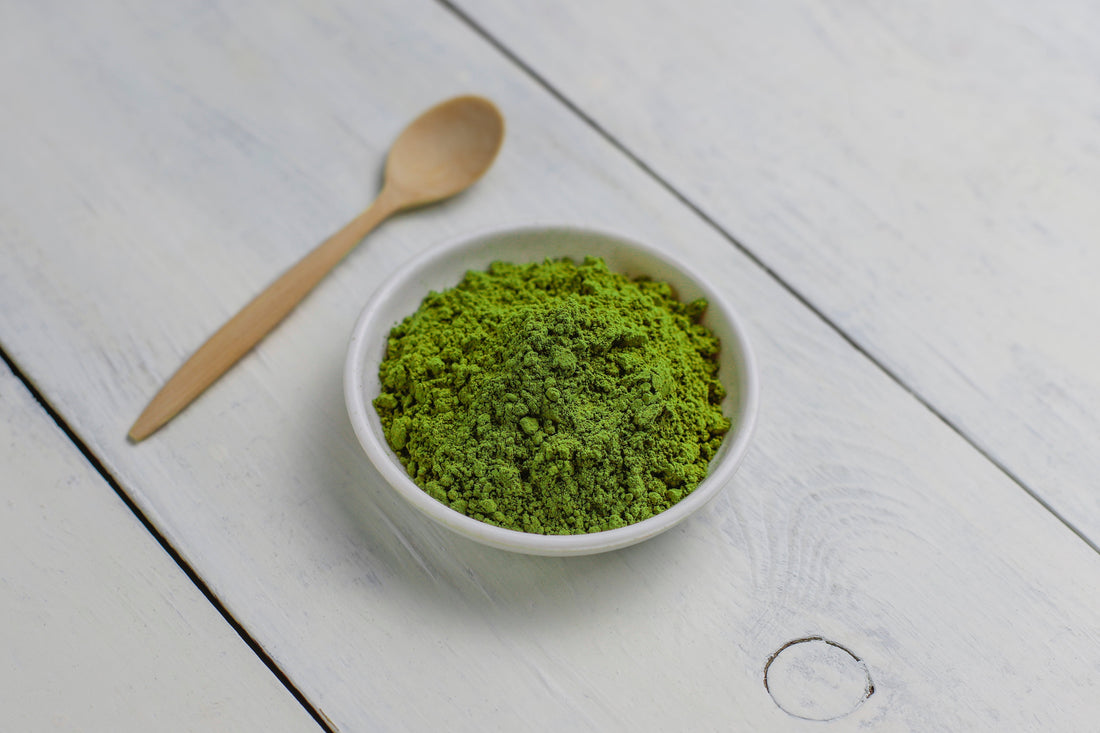
History of Matcha
Chinese vs. Japanese Matcha: A Tale of Two Traditions
Matcha, the finely ground green tea powder, has a rich history that spans centuries, originating in China and later evolving into a refined tradition in Japan. Both Chinese and Japanese matcha have unique qualities, and rather than comparing which is better, it’s worth appreciating the greatness of both.
Origins in China
Matcha traces its roots back to China’s Tang Dynasty (618–907), where tea leaves were steamed, compressed into bricks, and later ground into powder for consumption. This method evolved during the Song Dynasty (960–1279), when tea preparation became more sophisticated—tea leaves were stone-ground into a fine powder and whisked with hot water, creating a frothy beverage similar to modern matcha. This powdered tea was highly valued among Buddhist monks, scholars, and the imperial court for its calming yet energizing effects.
Introduction to Japan
Matcha was introduced to Japan in the late 12th century by Zen Buddhist monk Eisai, who brought tea seeds from China and planted them in Japan. Eisai recognized matcha’s benefits for meditation and documented them in his book "Kissa Yojoki" (Drinking Tea for Health), which helped popularize matcha among monks and samurai. Over time, Japan developed its own cultivation and processing methods, leading to the creation of shade-grown matcha, which enhances its vibrant green color and umami-rich taste.
Evolution in Japan
During the Muromachi period (14th–16th century), matcha became central to chanoyu (the Japanese tea ceremony), which was refined by tea masters like Sen no Rikyu. The ceremony emphasized harmony, respect, and tranquility, making matcha more than just a drink—it became an art form. Japan’s matcha production focused on steaming the leaves to preserve freshness, followed by stone-grinding to achieve a smooth, fine powder.
Modern-Day Matcha in China and Japan
While matcha culture declined in China after the Yuan Dynasty (1271–1368), it has seen a resurgence in recent years, with Chinese matcha often used in culinary applications. Meanwhile, Japanese matcha remains deeply rooted in tradition, with Uji matcha from Kyoto considered among the finest. Both Chinese and Japanese matcha offer distinct flavors and textures, catering to different preferences.
Final Thoughts
Rather than debating which matcha is superior, it’s important to recognize the historical significance and craftsmanship behind both. Chinese matcha carries the legacy of its origins, while Japanese matcha has perfected the art of cultivation and preparation. Whether you enjoy the bold, roasted notes of Chinese matcha or the smooth, umami-rich taste of Japanese matcha, both are fantastic in their own right.
